ESA Top News
| The European Space Agency (ESA) is Europe’s gateway to space. Its mission is to shape the development of Europe’s space capability and ensure that investment in space continues to deliver benefits to the citizens of Europe and the world. | |||||||||||
|






 Feed
Feed Scan with QR Code Reader
Scan with QR Code Reader mobi
mobi




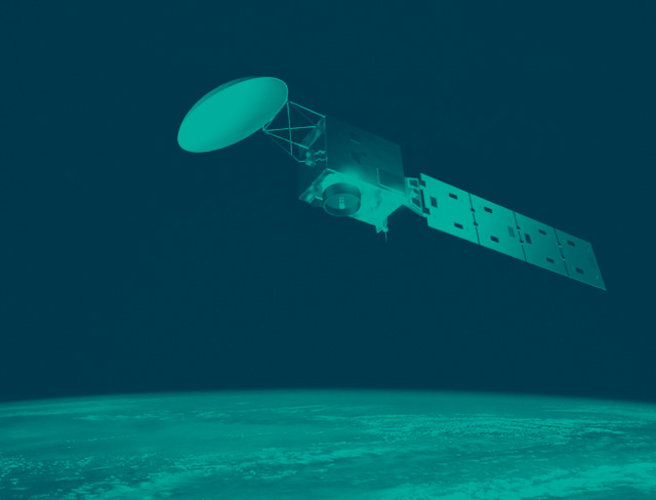
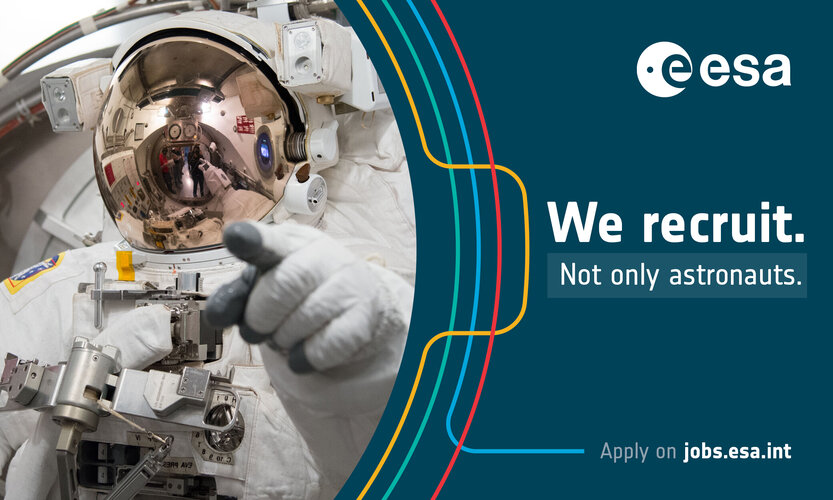
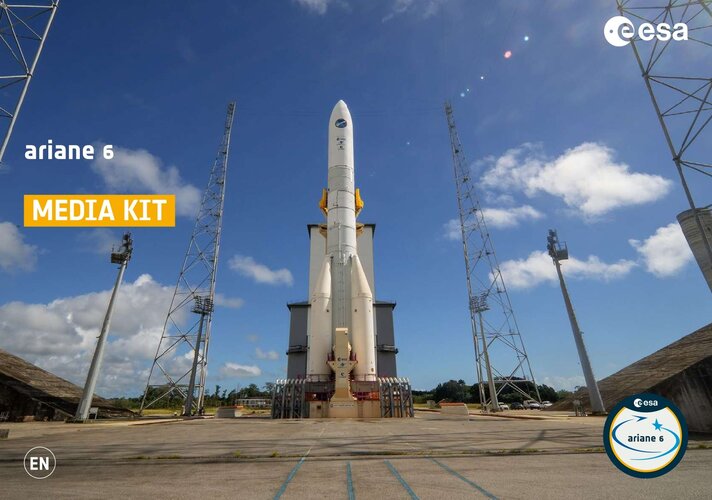
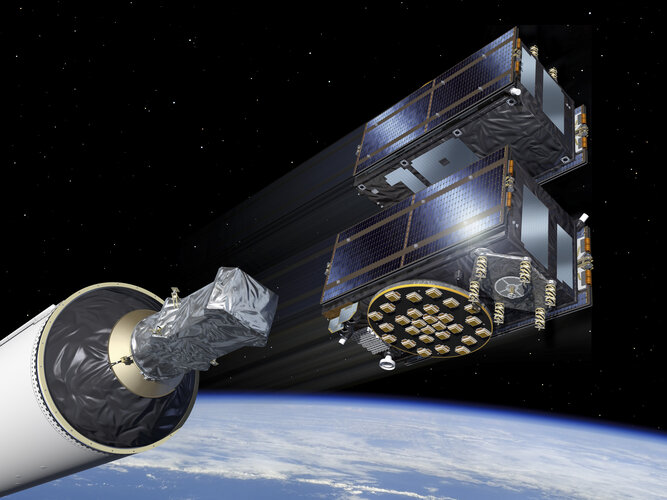
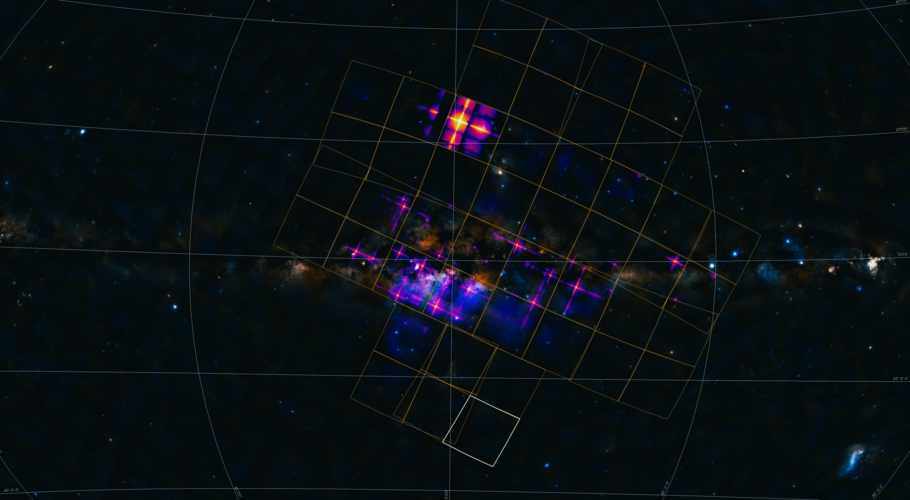
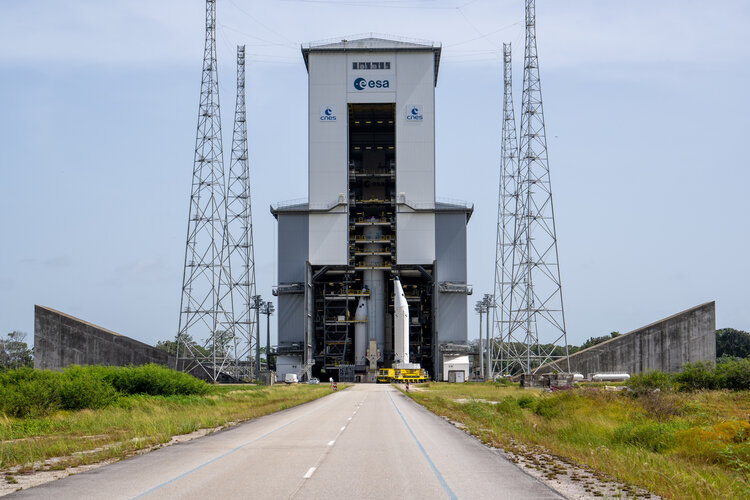
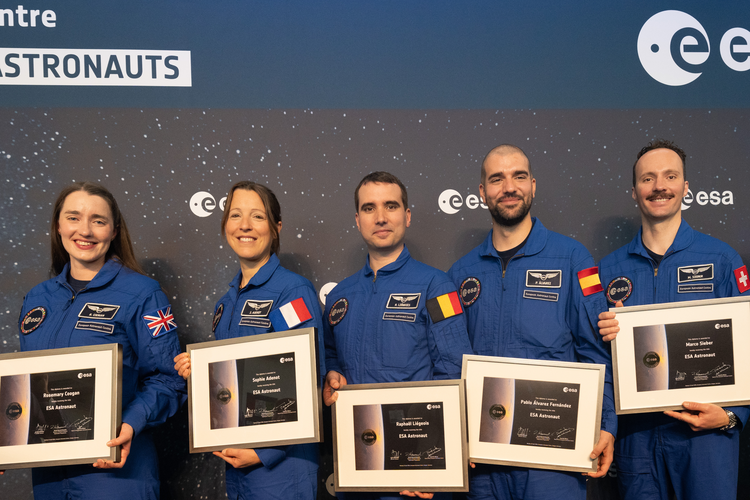
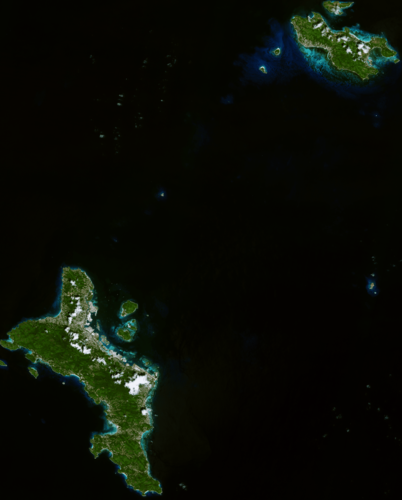 Image:
The Copernicus Sentinel-2 mission takes us over part of the Seychelles, an island republic in the western Indian Ocean.
Image:
The Copernicus Sentinel-2 mission takes us over part of the Seychelles, an island republic in the western Indian Ocean.